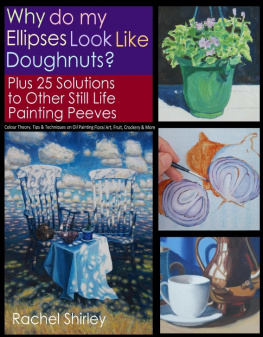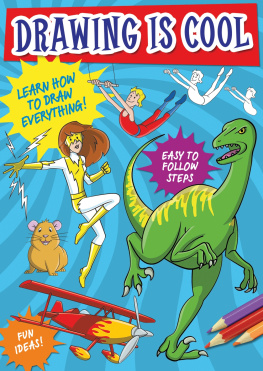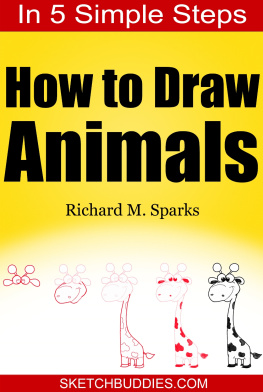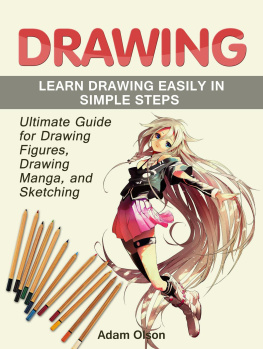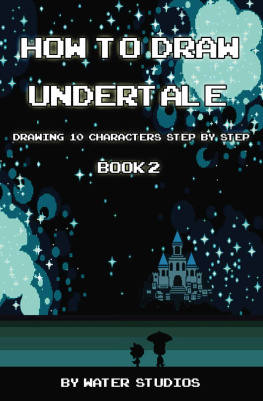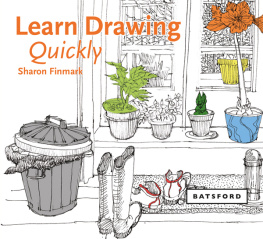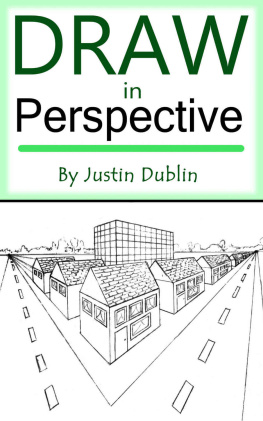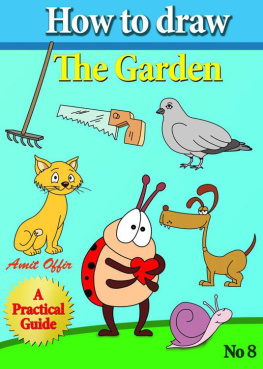Oil PaintingMedic
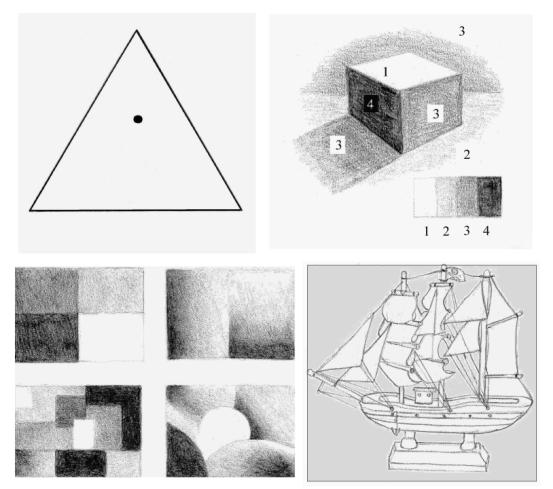
Draw What You See
Not What You Think YouSee
Learn How to Draw forBeginners
Rachel Shirley BA Hons
To my sister Heather and my motherSylvia
ISBN: 9781476341620
Text, photographs andillustrations copyright Rachel Shirley 2011
All rights reserved. The Right of Rachel Shirley to be identified asthe author of this work has been asserted in accordance with theCopyright Designs and Patents Act 1988 Section 77 and78.
Smashwords Edition LicenseNote this ebook is licensed for your personal enjoyment only. Thisebook may not be resold or given away to other people. If you wouldlike to share this book with another person, please purchase anadditional copy for each recipient. Thank you for respecting thehard work of this author.
Drawings featured within this book
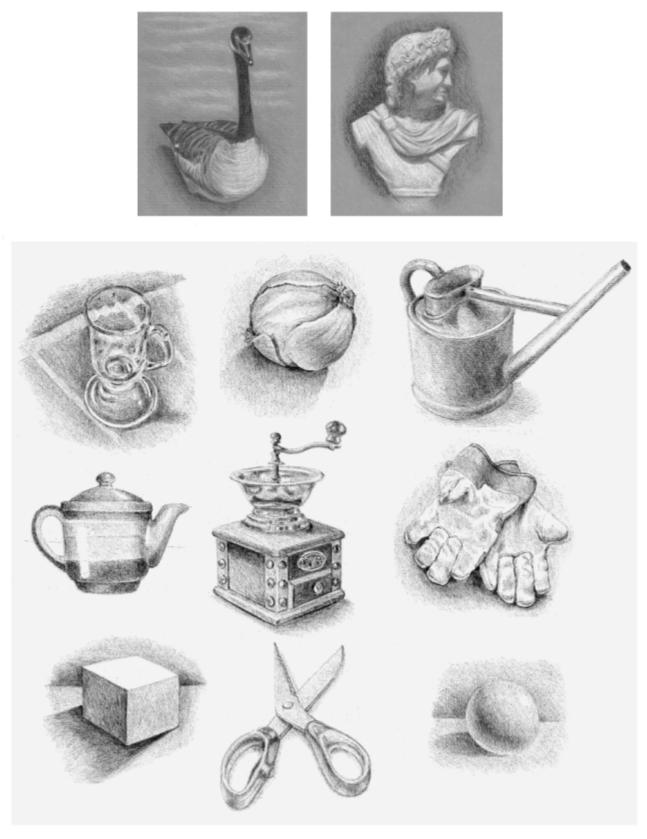
Contents
: Distorted perception in drawing
: The A, B and C of drawing
: Fields of vision
: Abstract shapes
: A picture within a frame
: Upside-down drawing
: Objects in foreshortening
: The weight of marks
: Light and shadow
: Advanced drawingexercises
: Shading on greypaper
: When rules apply
:The viewfinder
: Plotting your drawing
: Vanishing points made simple
: Ellipses without corners
Introduction
You may have picked up this bookbecause you are at the edge of hope of ever being able to draw. Youmight be an absolute beginner. You might have spent a lifetime awayfrom creative activities due to work or family commitments and nowyou cringe at the idea of picking up a pencil. You might be an artstudent who forever sits apart from others during life class infear someone might see your work. You might be a child who has aflair for cartoons and doodles only because your attempts atrealism are even more cartoonish.
A weary old frustration might descendupon you every time you read about vanishing points, perspectives,plotting and measuring, how everything comprises cuboids, pyramidsand spheres. Books proclaiming to be for beginners actually beginwith an exercise on drawing shoes or a spider-plant or a street.Basic exercises move on to ever more advanced projects all tooabruptly leaving you flagging. Of course, the book is filled withbeautiful drawings proving the author can at least draw, even ifyou cant.
You might be too familiar with booksthat proclaim you can draw anything so long as you remember theproportions of various subject matter within; the sequence of linesto make up a rabbit, a goat or a horse. And that is on conditionyour drawing is to feature the subject concerned in certainpostures. If only your memory could retain these sequentialinstructions without continual referral to the book.
Pages of specialised art equipmentrequired for drawing might leave you feeling overwhelmed. Inkwashes, pastels, crosshatching and chalk impressions grace youreyes. Different types of paper, special putty rubbers, scalpels,easels and fixatives for charcoal would seem requisite to achieveprofessional effects. This might be all well and good if only youcould put a pencil to paper and be able to draw something anything that convinces, that comes close to the truth.
Consider the cases of gifted autisticpeople, who since childhood are able to draw complex subject mattersuch as the Houses of Parliament, horses and portraits. For themost part, these subjects are unaware of the laws of perspectives,proportions, plotting or have special drawing equipment to hand.They simply sit down and draw instinctively.
For this reason, the main body of thisbook will contain no mention of perspectives or vanishing points,the use of specialist equipment (except for within chapter 11) oran opening chapter on drawing shoes. I have placed theseprescriptive items in chapter 12 at the back of this book shouldyou need to refer to them.
Instead, this book is going to startat the beginning, to learn the language of line from A, B andC.
Within you will find a series ofdrawing exercises geared towards the absolute beginner as well assome questionnaires designed to decode the underlying causes ofyour drawing difficulty. This book opens with distorted perceptionin drawing and the question of how lateral your brain is. Thismight help shed some light onto my choice for the ensuingexercises.
We will explore symmetrical drawingwhich exercises all fields of vision, followed by the explorationof abstract forms, negative shapes, the weight of marks andupside-down drawing. Further chapters exercise shading techniquesfrom the most basic practice. Exercises progress gradually onto theshading of various forms.
Opportunities for progression areavailable in the form of advanced drawing exercises in chapters 10and 11, including the use of grey paper and soft pencils forshading.
Chapter 12 taps into the orthodoxareas of drawing, which are vanishing points, measuring proportionsand ellipses. A section on the artists viewfinder might open outmore options for plotting your drawing.
But before embarking upon your journeyinto drawing, lets get to the bottom of why you cannot(apparently) draw.
Chapter 1: Distorted Perception inDrawing
Without our conscious awareness, ourbrains process information in particular ways to help us make senseof the world. Information is filtered, distorted and prioritised.When it comes to visual processing, distorted perceptions canbecome apparent when drawing what we think is in front of us andyet is not. Take a look at the following images and you will seedistorted perception in its purest form.
Regarding the triangle figure, make avisual estimate of where the dot is regarding how high it is. Asfor the two horizontal lines below, how parallel arethey?

You might be familiar with theperceptual distortions within these images, but if asked, you mightcandidly believe the dot is closest to the top of the triangle, andbe tempted to render the dot likewise in drawing. In fact, the dotis halfway between the top and the bottom.
The two horizontal lines below mayappear to converge to the left of the image, but are in fact deadparallel. This distortion is due to the chevrons intersecting theparallel lines. In order to get to the truth, we have to be extravigilant of these perceptual distortions, particularly when itcomes to drawing. Some people are more prone to perceptualdistortions than others, and this can be seen in theirdrawings.
Now lets put your visual judgment tothe test. In the following pages, you will find a multiple-choicequestionnaire designed to decipher how visually-perceptive you are.You are to choose by eye only (without a ruler or similar aid)which of the four figures in each row is perfect. That is,perfectly symmetrical, or looks most right. Some rows aretrickier than others. Award a point for each you get correct. Donot award a point for guesswork. Take no more than five minutes oneach page.
The purpose of this exercise is toestablish how good you are at making visual judgments. This skill,as you might have guessed, will prove to be an invaluable tool whenlearning to draw.
Test into VisualJudgment
Visually decipher which is the perfectcircle in1, the perfect cube in 2, the equilateral triangle in 3and the symmetrical shape in each 4 and 5.
Next page

